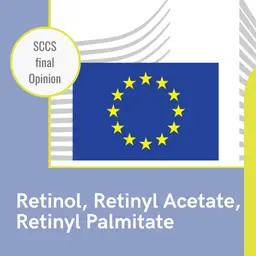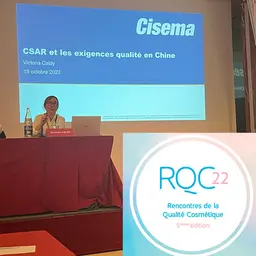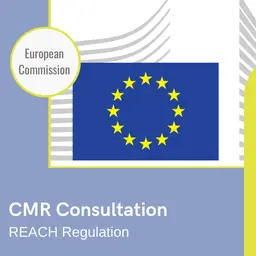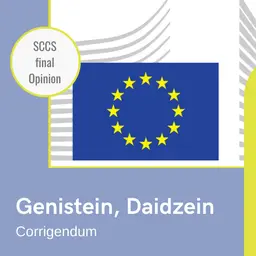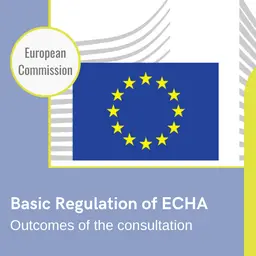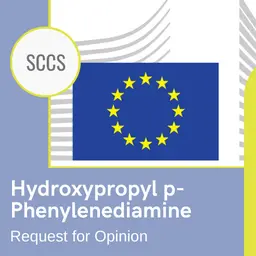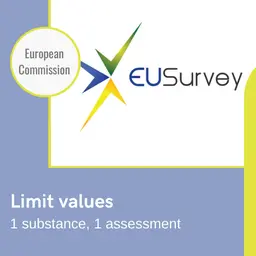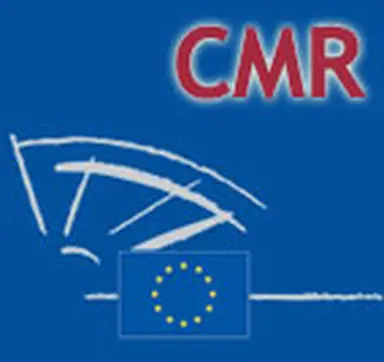
Substances classified as carcinogenic, mutagenic or toxic for reproduction (CMR) are dealt with in the Cosmetics Regulation (which replace the Cosmetics Directive since 11 July 2013). Indeed, the document allows a few CMRs, exceptionally, and details the precise framework in which they can be used.
Risk and hazard, two different notions
The European legislator starts from one fact: "Given the hazardous properties of substances classified as carcinogenic, mutagenic or toxic for reproduction (CMR), (…) their use in cosmetic products should be prohibited" (Recital 32).
Nevertheless, the next sentence is, "However, as a hazardous property of a substance does not necessarily always entail a risk, there should be a possibility to allow the use of substances classified as CMR (…)."
In fact, it is necessary to distinguish between risk and hazard: hazard is linked to an intrinsic property, while risk is a probability linked to a precise exposure.
As a (very simple) example: a lion is a true
hazard
, while a lion in a cage is a low
risk.
The CMR classification
Another European document is the basis for the CMR substances' classification: the Regulation (EC) No 1272/2008 of the European Parliament and of the Council of 16 December 2008 on classification, labelling and packaging of substances and mixtures, amending and repealing Directives 67/548/EEC and 1999/45/EC, and amending Regulation (EC) No 1907/2006, also called "CLP Regulation".
Entered into force on 20 January 2009, it applies since 1 December 2010.
It lists three categories of substances: …




